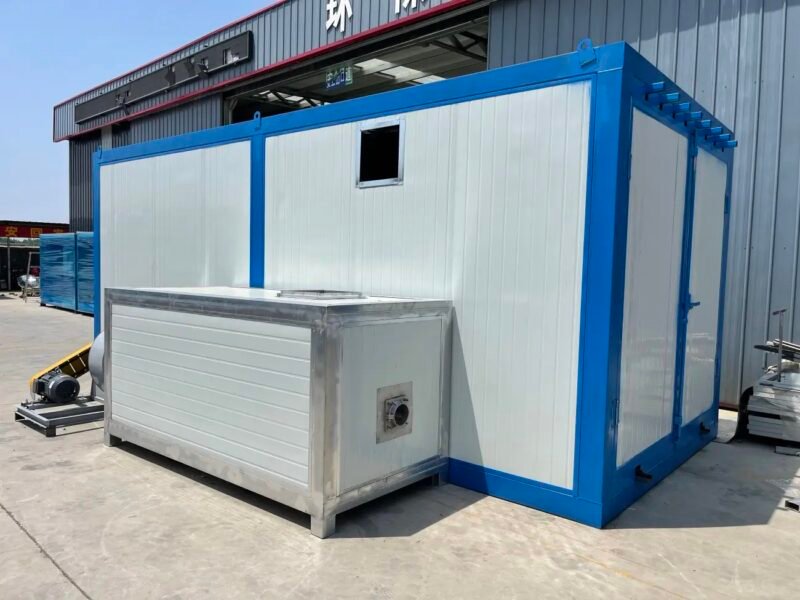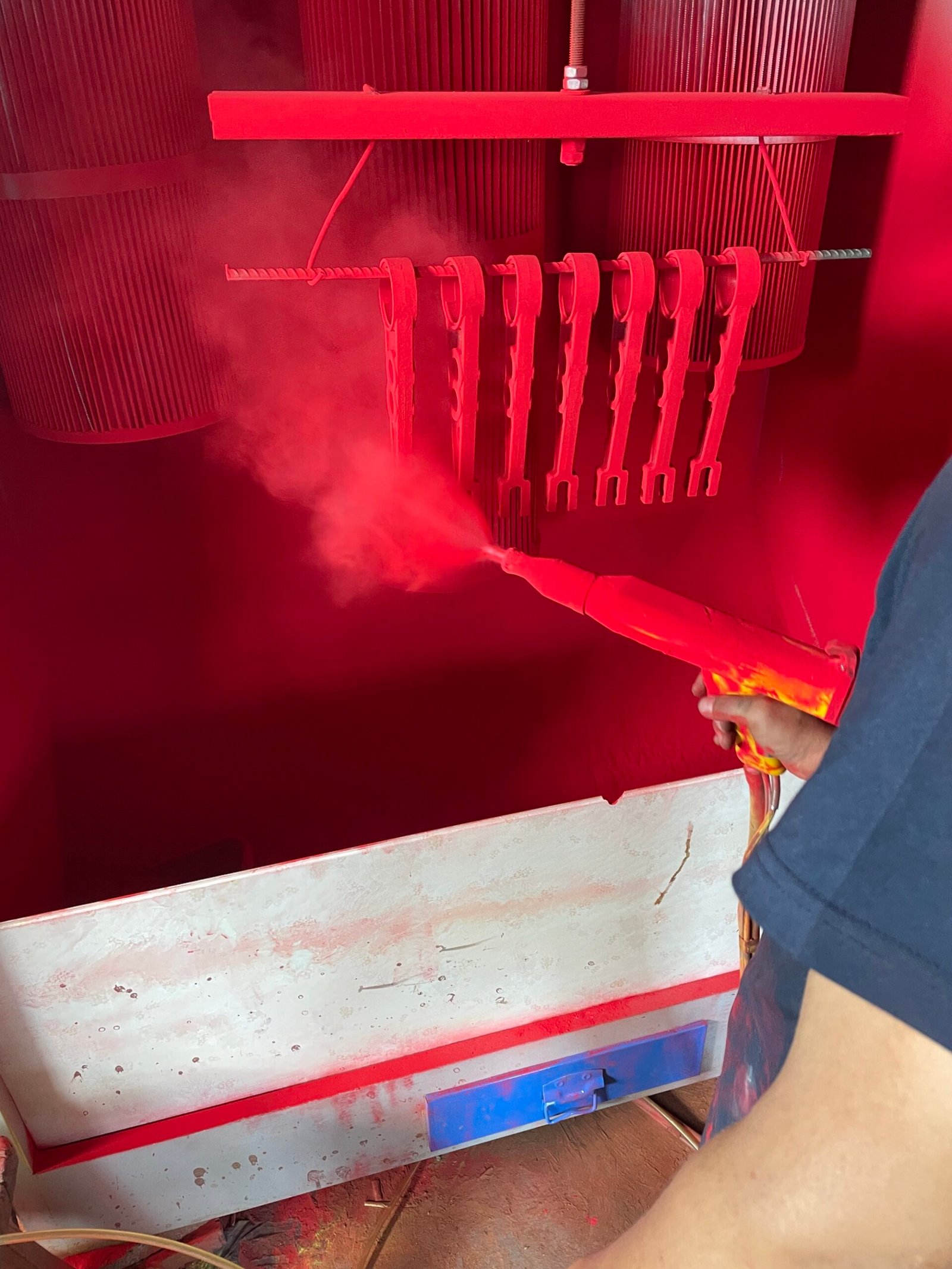
What are the types of large-scale paint spray room equipment and how to choose the best one?
What are the types of large-scale paint spray room equipment and how to choose the best one?
Yes, after **electrostatic powder coating is cured**, it **can be removed and cooled**, but it’s important to follow the proper procedures to avoid damaging the coating. Here’s what you need to consider for **safe removal and cooling**:
—
## ✅ **Steps for Cooling and Removing Cured Electrostatic Powder Coating**
### 1️⃣ **Cooling After Curing**
Once the electrostatic powder coating has been cured (following the specified temperature and time recommendations from the powder manufacturer), it’s important to cool it down in a controlled way to avoid thermal shock or stress to the coating.
#### How to Cool:
– **Allow natural cooling**: The coating should be cooled gradually by allowing it to return to ambient temperature naturally in the curing oven or cooling area.
– **Air cooling**: For quicker cooling, **use fans** to direct cool air over the part (make sure airflow is gentle and not too forceful to avoid disturbing the coating).
– **Avoid rapid temperature changes**: **Don’t immerse parts in water** or apply extreme cold, as this could cause cracking or distortion of the coating due to thermal shock.
### 2️⃣ **Handling Immediately After Curing**
Once the parts have cooled to room temperature:
– **Handle with care**: The coating is now fully cured, so it is hard and durable, but it may still be sensitive to mechanical damage or sharp impacts immediately after cooling.
– **Inspect for defects**: It’s a good time to check for any defects that may have occurred during the curing process or handling.
### 3️⃣ **Can It Be Directly Removed?**
– **Yes, but with caution**: Once the coating has been cured and fully cooled, if you intend to remove the part from the curing oven or rack, **ensure it is completely cool** before handling. **Premature removal** while the coating is still hot may cause deformation or scratching.
– If by “remove” you mean **remove from the rack or curing fixture**, then yes, you can do so once it has cooled down adequately. However, **do not immediately apply force** to parts until they are fully cooled and hardened to avoid **damage to the coating**.
### 4️⃣ **Post-Cure Inspection**
– After the part is cooled and removed from the curing oven, **inspect the coating** for:
– **Adhesion** (check with tape test or adhesion test if needed).
– **Finish quality** (e.g., no sagging, discoloration, or defects).
– **Edge quality** (especially if there are any areas prone to uneven curing).
—
## ⚠️ **Important Considerations**
– **Avoid rapid temperature changes**: Sudden cooling could cause **cracking** or **delamination** of the coating.
– If you’re moving parts from one area to another, ensure **gentle handling** to avoid scratching or damaging the finish.
—
### 🚀 **Summary of Safe Cooling and Handling Process:**
1. **Allow gradual cooling** to room temperature in a controlled manner (natural cooling or light air circulation).
2. **Avoid direct contact with water** or extreme cold sources.
3. After cooling, **inspect** the part for defects.
4. **Handle carefully** to avoid damage.
Would you like tips on how to set up a **cooling system** or **ensure proper curing conditions** for different types of powder? Let me know your setup, and I can give you more specific recommendations!
electrostatic powder coating problems
electrostatic powder coating process pdf
electrostatic powder coating ptfe
electrostatic powder coating services
electrostatic powder coating site youtube.com
electrostatic powder coating spray gun machine
electrostatic powder coating standard
electrostatic powder coating system manufacturer
electrostatic powder coating technician
electrostatic powder coating technician jobs
electrostatic powder coating technology

